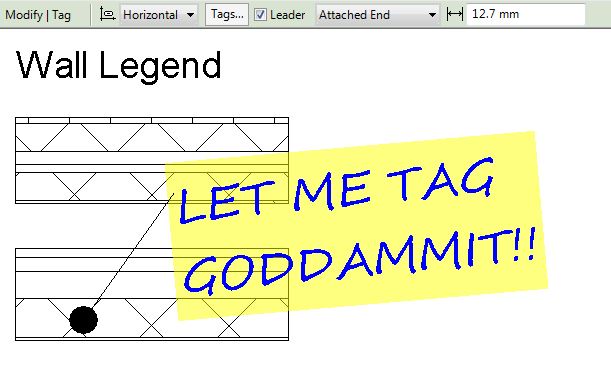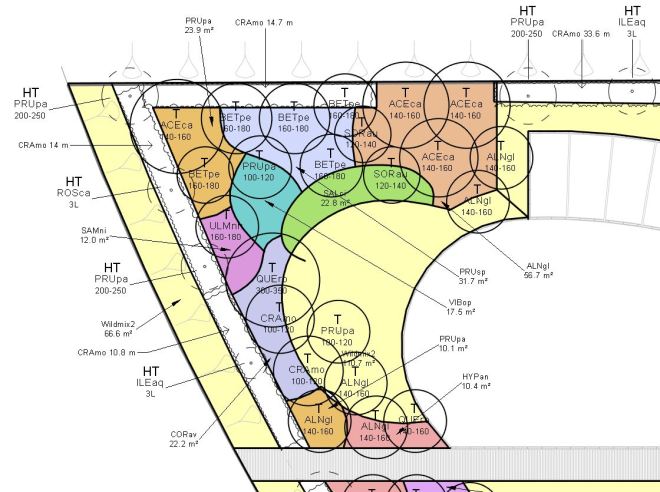Further to my post about Universal Shared Parameters, we were questioned about why we needed such very structured data in our authoring environment. Why couldn’t we use the limited IFC properties available for our parameter names, or make do with IFC parameters that have TEXT or LABEL datatypes, or indeed use the Shared Parameters provided by National BIM Library. The answer is that if you want to unlock the true power of the data in BIM, the data has to be much better structured than those schemas accommodate.
Example 1 – IFC4 properties
Here is an example of how IFC4 handles Reaction to Fire (Surface Spread of Flame):

This entire definition consists of a property name, a data type, and a description (in several languages). The crudeness of referring to a nebulous ‘national building code’ is a good example of a bad starting point.
- Do we use BS or EN values?
- EN values are in 3 parts: class, smoke, droplets. How are they handled?
- Is this a limiting value, if so a max or a min?
- Is this a manufacturer’s value? How does it relate to the limiting value?
- Is this value certified, if so by which body?
It’s clear that if you really want to document Reaction to Fire of an element, you’re going to need a bunch of parameters, OR maybe fewer parameters from a schema that declares these criteria. Neither IFC nor NBL parameters are fit for this purpose.


